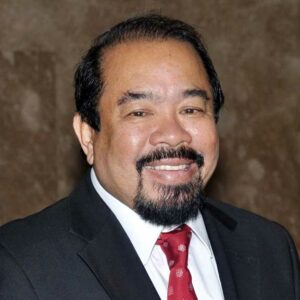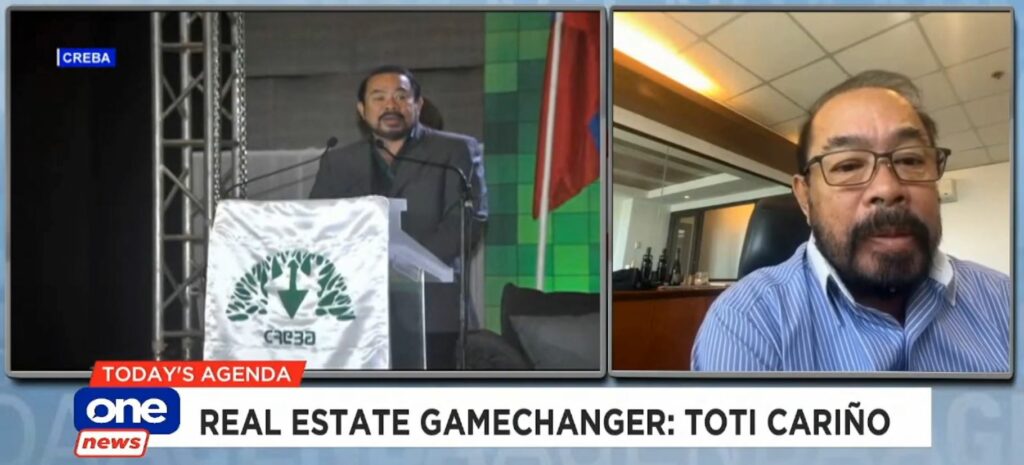So much has been said about the need to reduce, if not eliminate, the country’s massive housing backlog in the shortest time possible. Yet, despite the unparalleled socio-economic benefits of housing as a centerpiece program, since the downfall of the Martial Law regime we still have to see an administration fully dedicate itself to this effort via concrete, meaningful legislative measures.
At the risk of sounding like a broken record, we reiterate the problem as follows:
- Some 43% of the country’s total urban population live in slums;
- Some 5.2 million Filipino households subsist below the poverty threshold;
- Some 9 million more fall into the low-income bracket;
- Some 6.7 million of these households do not own their dwellings; and
- Those in the lowest 32% income percentile can afford less than P2,000 for housing expenditures.
These statistics are not our own fiction, but from authoritative sources such as the World Bank, Philippine Statistics Authority (PSA) and the National Urban Development and Housing Framework (NUDHF) of the erstwhile Housing and Land Use Regulatory Board (HLURB).
Apart from the obvious need, making housing the centerpiece program is not only a social imperative, but also an economic one. This is because of housing’s tremendous output multiplier, income multiplier and labor multiplier effects – as economic and financial experts worldwide acknowledge. In the Philippines in particular, expanded housing activity catalyzes business activity in at least 23 downstream industries.
“Without building new homes, our economic recovery will take longer than it needs to.”
Former President Corazon Aquino made agrarian reform her administration’s centerpiece program via the Comprehensive Agrarian Land Reform Law, to guarantee land ownership for the country’s farmers which, at that time, numbered only 3 million households.
Our Constitution is supposed to look upon all with equal favor. Yet, it is disheartening to note that the 6.7 million landless and “homeless” Filipino households have yet to receive the same kind of government attention as our farmers did.
True, Congress has enacted the landmark Urban Development and Housing Act (UDHA), which compels private developers to produce socialized housing equivalent to 20% of the total cost or area of their proposed housing development projects.
Yet, the positive impact has not served to de-escalate the problem. CREBA believes the reason to be simply:
- Restrictive land access. – Land in urban areas where the poor congregate is much too expensive for purposes of building homes for the lowest 30% income percentile, whereas cheaper land in sub-urban or urbanizable areas are locked up in the CARP.
- Extremely limited homebuyer financing. – While relatively cheap homebuyer financing is available under the Pag-IBIG program, that agency’s funds are too limited, even as the informal sector (i.e. non-members) is effectively locked out of the program.
- Lack of funds for public housing. – The repayment schemes for NHA’s housing projects are affordable by those in lowest 30% income percentile, but NHA funding is simply too limited to allow a massive volume of housing production for this sector.
- Governance issues. – Over-regulation, over-taxation and bureaucratic delays among others – all of which add to the already high cost of housing units – actually negate the government’s policy pronouncements to make housing affordable.
In a recent interview with Agenda with Cito Beltran, a Philippine television talk show broadcast by One News, Cito asked yours truly what CREBA is doing about the problem.
Admittedly, as a private organization, all we can really do is intensify our advocacy efforts – and in this, as its record of advocacies and achievements would show, CREBA has not been remiss.
Our members – we are extremely proud to say – have not been remiss either. They have gladly embraced the balanced housing requirement or social housing quotas under the UDHA, despite the extreme difficulties in compliance and unprofitability of the endeavor.
Still, in the ultimate analysis, we in the private shelter sector can do only what the operating environment that the government creates allows us to do.
It is perhaps time for the political leaders to match our sector’s commitment with equal fervor and concrete action. The coming elections should provide hope.




